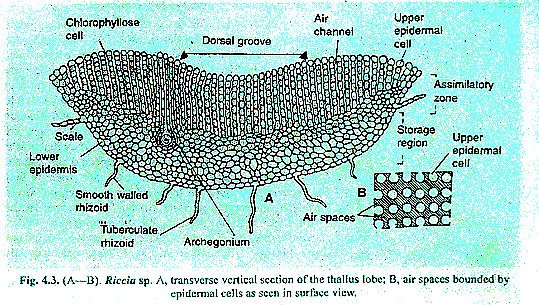Dorsal and Ventral is very much confusing term as well as very casual term (and unscientific enough... Because we cannot compare our ventre or front with plants'). Unfortunately this casual terms widely used.
I usually avoid the term "dorsal" / "ventral" and "upper" / "lower" since there are available and better synonym Adaxial and Abaxial.

Fig-1. Adaxial and abaxial surfaces of leaf shown on the same leaf-drawing provided in another answer.
P.S.
The term "dorsal" and "ventral" have another (quite opposite) usage in case of thalloid bryophytes such as Riccia and Anthoceros. and there are also use of terms "upper" and "lower" surface; in case of those bryophyte thalli; "ventral" or front-side is the "lower" side (towards ground) ; and "dorsal" or back-side means the "upper" side.... and that is exactly opposite of leaves' terminology.
example:
Diagram from the textbook, College Botany , Vol-2, by Ganguly & Kar, New Central Book Agency...

The diagram (its Fig. C) describes the lower (ground-touching), rhizoid-containing surface as Ventral surface.
Diagram from another textbook, Botany for degree-students- bryophyta, by B.R. Vashishta, A.K Sinha and Adarsh Kumar; S-chand publications

The side where "dorsal groove" has been pointed; is its upper surface.
$$\begin{array}{c|c|c}\hline
\bbox[coral]{\textbf{term}} & \bbox[yellowgreen]{\textbf{usage in an angiosperm leaf}} & \bbox[yellowgreen]{\textbf{usage in thalloid bryophyte}}\\\hline
\text{VENTRAL} & \text{Upper side, Adaxial side}& \text{Lower side}\\\hline
\text{DORSAL} & \text{Lower side, Abaxial side}& \text{Upper side}\\\hline
\end{array}$$
So a thalloid bryophyte's "dorsal" or "back" (which is upward) side is not comparable to an angiosperm leaf's "dorsal" or "back" (which is downward) (best to say "abaxial") side.
Similarly a thalloid bryophytes "ventral" or "front" (which is lower or ground-touching) side is not comparable with an angiosperm leaf's "ventral" or front" (which is upward) (better to say adaxial) side.






